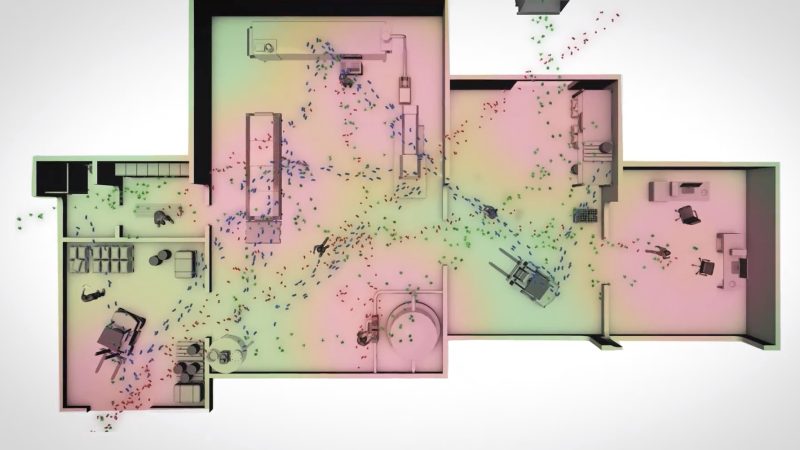Following our articles on the beneficial roles of complex microbial communities and ways to analyze them, we continue to explore this groundbreaking research field. Here we shed light on reasons why microbiome research has become so popular and why it is still gaining ground.
A microbiome describes the entire genetic information from a microbial population associated with a multicellular host. Recently the White House Office of Science and Technology Policy (OSTP) announced the National Microbiome Initiative (NMI), which will facilitate microbiome-related research in the USA. This initiative could drastically raise public awareness of the impact that microbial communities have on our health and well-being. However, this kind of research would not be possible without the technological advancements of the past decade. DNA sequencing costs have tremendously declined in the past 15 years. Nowadays the sequencing of a human genome equivalent is 20,000-fold cheaper. This brings various implications with it and allows us to screen datasets of several billion DNA sequences for useful microbial genes. Another reason why microbiome research is steadily growing is the availability of powerful hardware, which allows handling so-called ‘big data’. One terabyte of working memory (RAM) is often needed to assemble a single metagenome. Some studies require the assembly of more than 100 different metagenomes. These data can only be processed in a reasonable time when state-of-the-art hardware is available. Nowadays major research centers have the necessary technical infrastructure to run the corresponding software tools.
Apart from the mentioned economic and technological reasons, the broad applicability of microbiome studies makes them vastly popular. Detailed depictions of microbial communities enable insights into the interplay between spatially close microbes. This knowledge could be used in the near future to design stable communities of beneficial microorganisms, which can be implemented in vulnerable facilities, like cleanrooms. acibs’s partner Roombiotic is utilizing Microbiome Tracking to identify entry points of microbial contaminations at production sites. This microbiome-related strategy facilitates an increase of product stability and shelf life of conventional foods. The outlined process workflow is visualized in the animation below.
Our understanding related to microbial communities drastically increased in the past decade and is likely to deliver even more insights into microbial functioning. The obtained knowledge provides the basis for many non-conventional interventions related to human health, agriculture & livestock farming, and environmental protection in general.
This work is based on:
An cooperation with TU Graz start-up Roombiotic
Picture credits: Roombiotic
